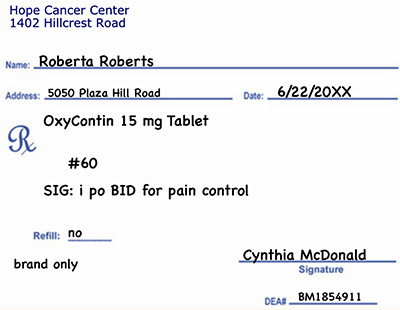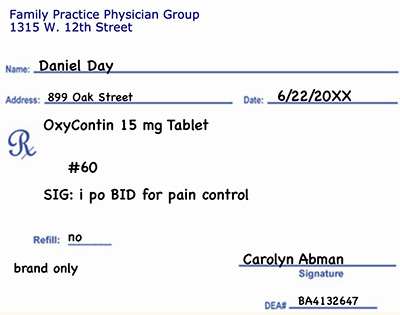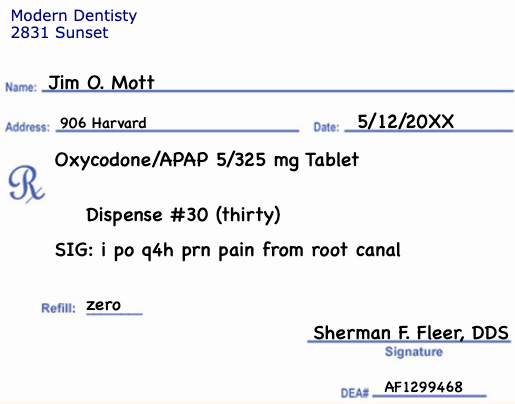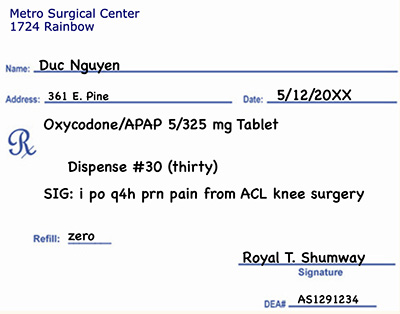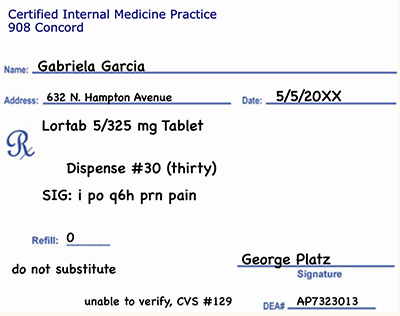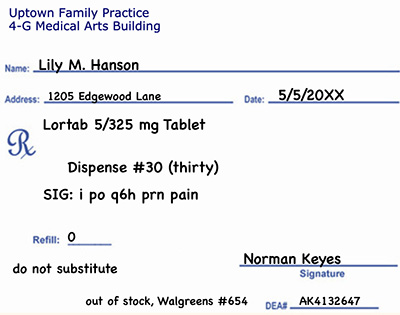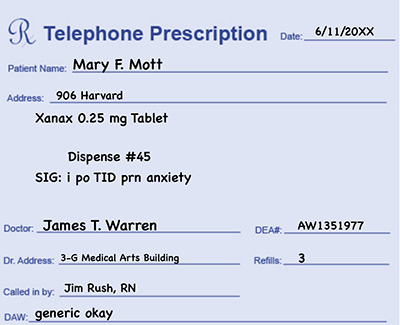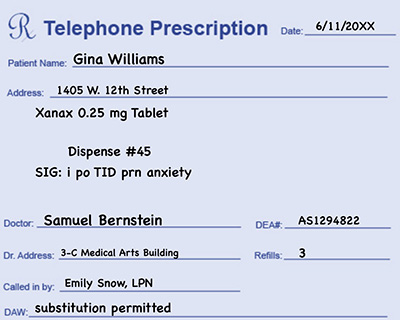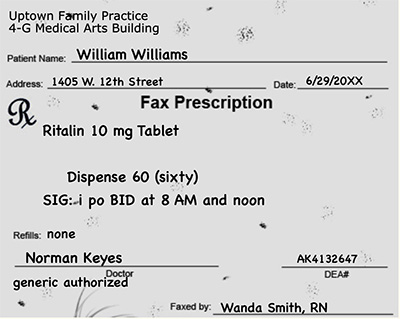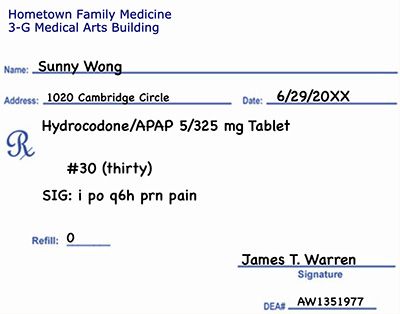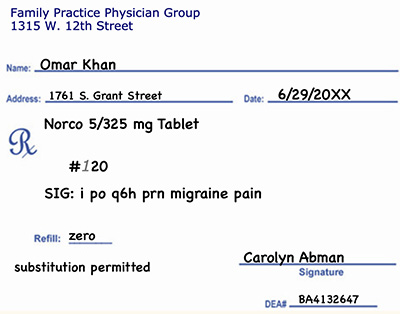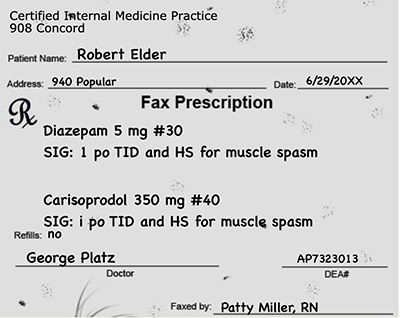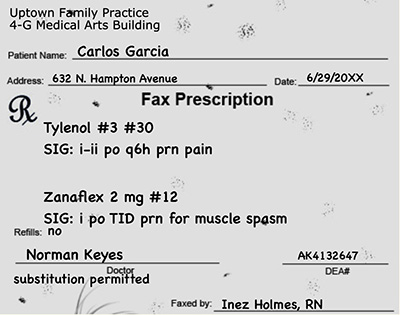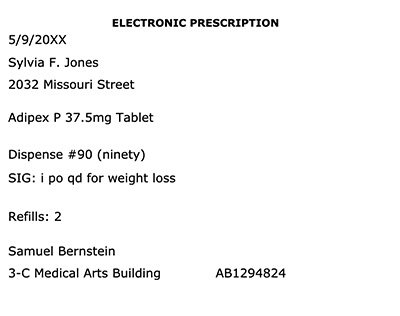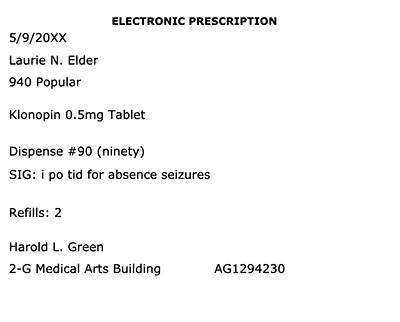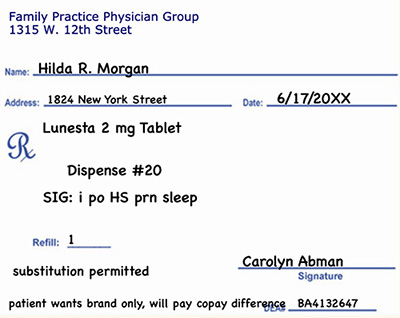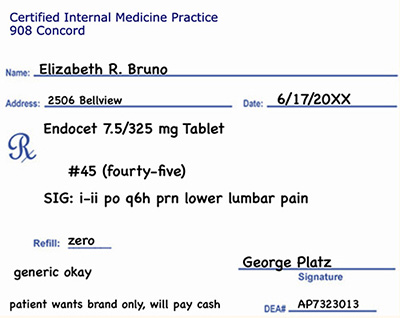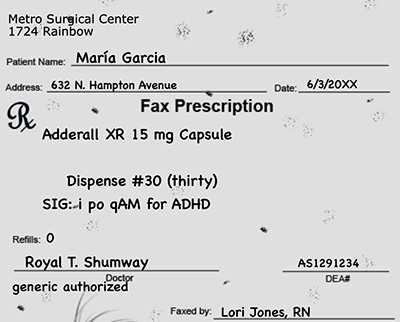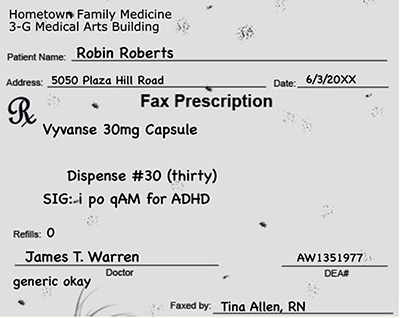- New Prescriptions
- Rx Processing Alerts
- Verification
- Dispensing
- Counseling
- Clinical Services
- Drug Info
Prescription Pair #1
Rx #1 |
Rx #2 |
|
|
Prescription Pair #2
Rx #3 |
Rx #4 |
|
|
Prescription Pair #3
Rx #5 |
Rx #6 |
|
|
Prescription Pair #4
Rx #7 |
Rx #8 |
|
|
Prescription Pair #5
Rx #9 |
Rx #10 |
|
|
Prescription Pair #6
Rx #11 |
Rx #12 |
|
|
Prescription Pair #7
Rx #13 |
Rx #14 |
|
|
Prescription Pair #8
Rx #15 |
Rx #16 |
|
|
Prescription Pair #9
Rx #17 |
Rx #18 |
|
|
Prescription Pair #10
Rx #19 |
Rx #20 |
|
|
